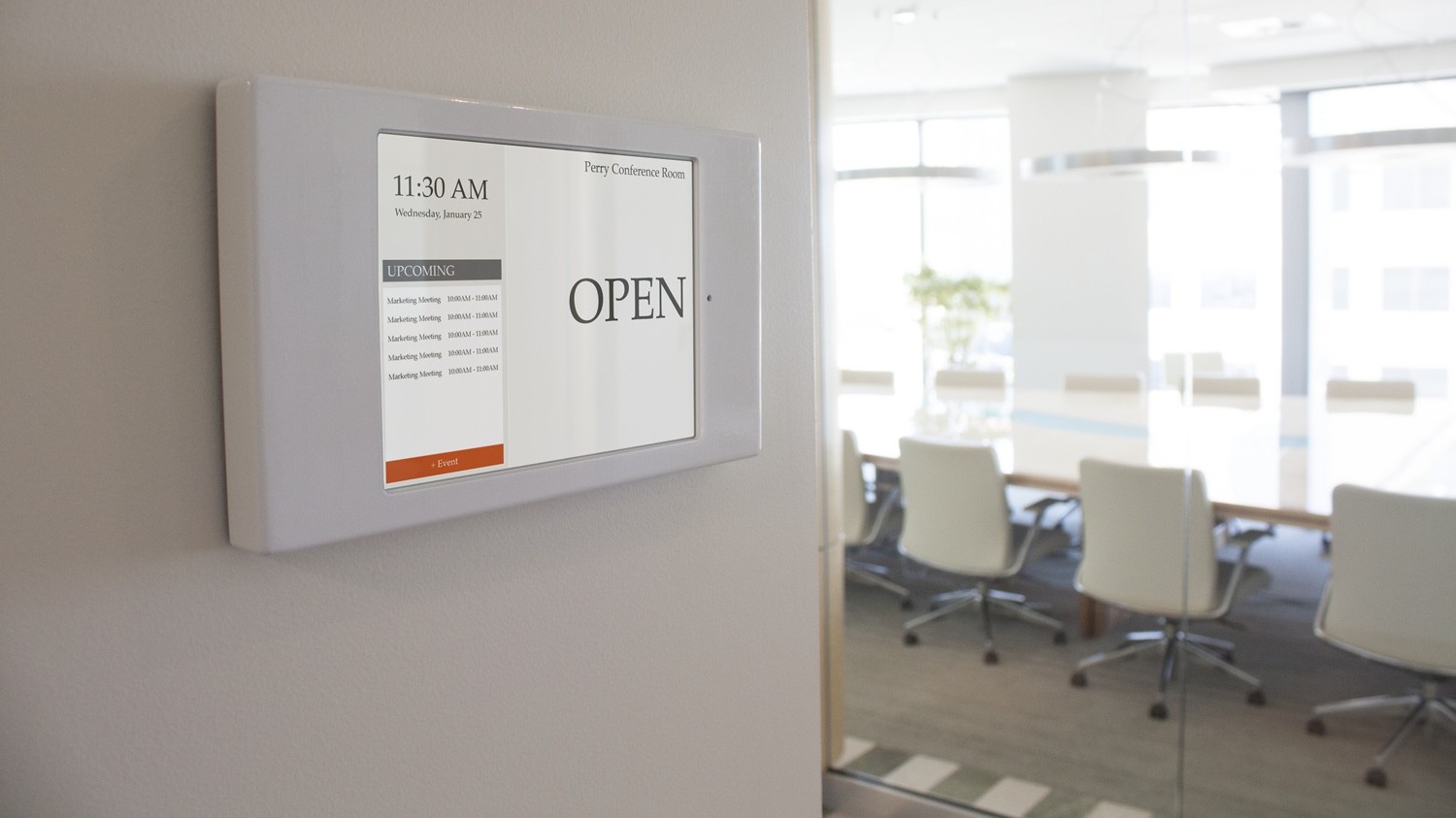The chances are you don’t know much about Enterprise IT Transformation or what it means, but if you want to get ahead of your competitors, you really do need to know more about this exciting area. The fact is, over the next few years smart businesses are going to gain a significant competitive edge by changing the way IT is viewed and implemented within their organisations.
If you are a business owner, or for that matter a stakeholder in any business, whether it is employee, supplier or customer, you will want that business to do as well as it possibly can because there will be a benefit to you:
- Owners are looking for increased profits.
- Employees look for increased profits so they can receive higher salaries.
- Suppliers want to work with profitable companies for continued business and reasons of trust.
- Customers are reassured by profitability as it usually translates to a good, ongoing reputation.
In an increasingly competitive business environment, where rival companies know more about each other’s products and services than ever before, improved technological competency really is an area where businesses of all sizes can gain a competitive edge.
What Is Enterprise IT Transformation?
As IBM themselves note, Enterprise IT Transformation is about changing the internal IT processes within a business. It is about viewing IT not as the bit of the company that ‘deals with computers’, but instead viewing IT as an accountable service provider that adds value to the organisation.
Enterprise IT transformation can apply to any aspect of the IT function within a company. Using computer servers as an example, it is not unreasonable to imagine the following scenario:
- A company keeps its own servers within their own office building
- These servers will be stored in their own dedicated space, which needs to be regulated at a particular temperature
- The servers are the bedrock of the company’s daily operations
- If a problem arises – for example, the server room overheats – then all servers will automatically shut down
- Every employee’s network access fails. The company rapidly becomes unproductive
Furthermore, most companies are likely to have strong enterprise security such as spending a significant chunk of its IT team dedicated to looking after IT infrastructure and general troubleshooting. If there is a problem with the computers or systems, somebody is employed to fix it.
Forward Thinking
A more forward-thinking business will have already recognised the benefits of not keeping servers on the premises and instead will be utilising cloud computing technology, such as that available from Box which can speed up the Enterprise IT Transformation. Cloud computing has opened up a world of possibilities for businesses large and small.
By outsourcing this type of work, many possibilities are opened up. IT infrastructure is looked after by a third party supplier, who can use their economies of scale to ensure both enough computing power to guarantee that computer systems stay up and running at all times, and also that this service can be delivered for a very reasonable price.
As for the staff employed to maintain the network and troubleshoot, a forward-thinking business would move these staff from maintenance mode to innovation mode. Members of the IT team have more time with which to pursue core business objectives and add value to the business. Over the longer term, this benefits all business stakeholders.
This is just one example of how Enterprise IT Transformation can benefit business. There are further new technologies that can help businesses keep in touch with suppliers and partners in order to reduce costs, as well as improve the service a company provides to customers.
The original IT revolution in the late 1980’s and early 1990’s really did transform the way business works. We have reached a point where technology has advanced so far that another IT revolution is underway. You need to make sure your business is a part of it.

